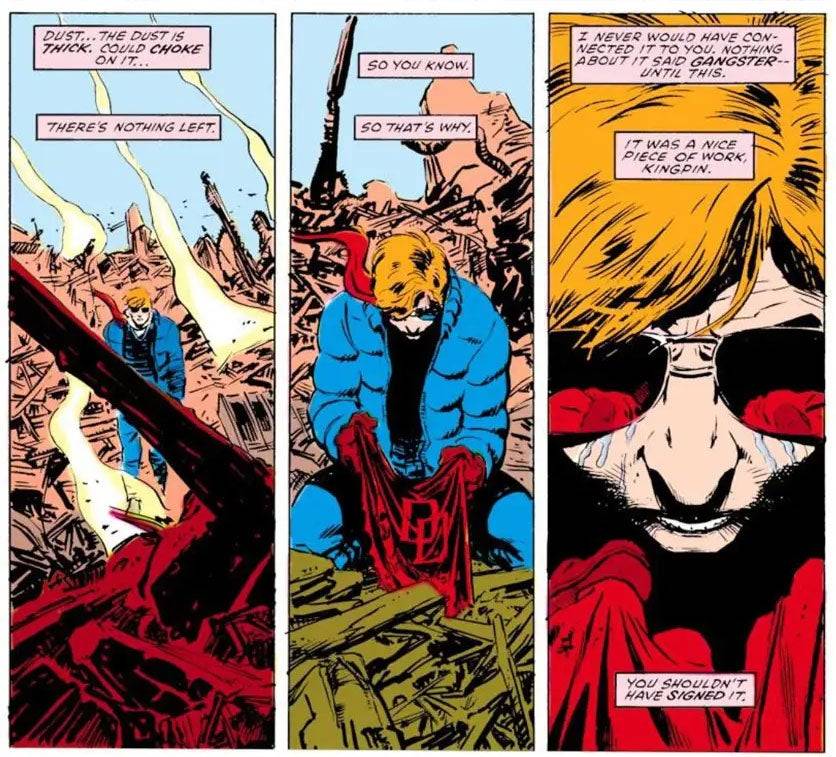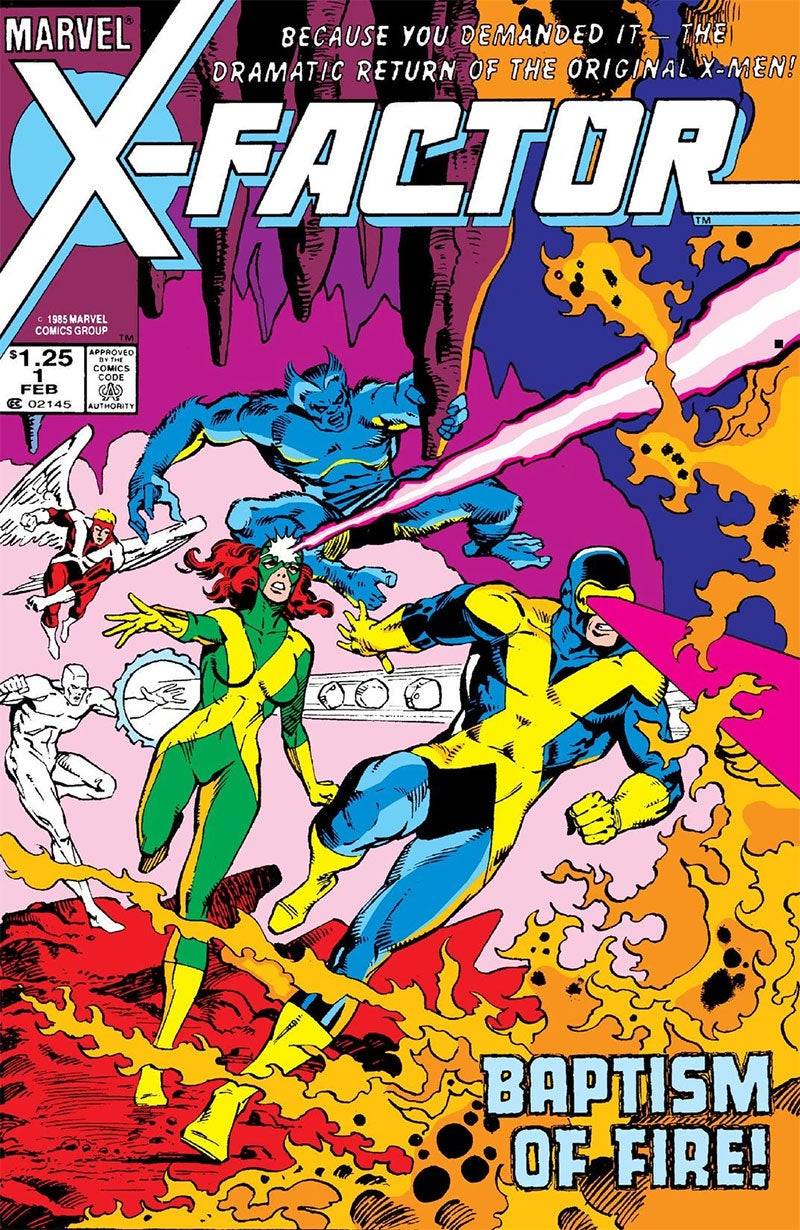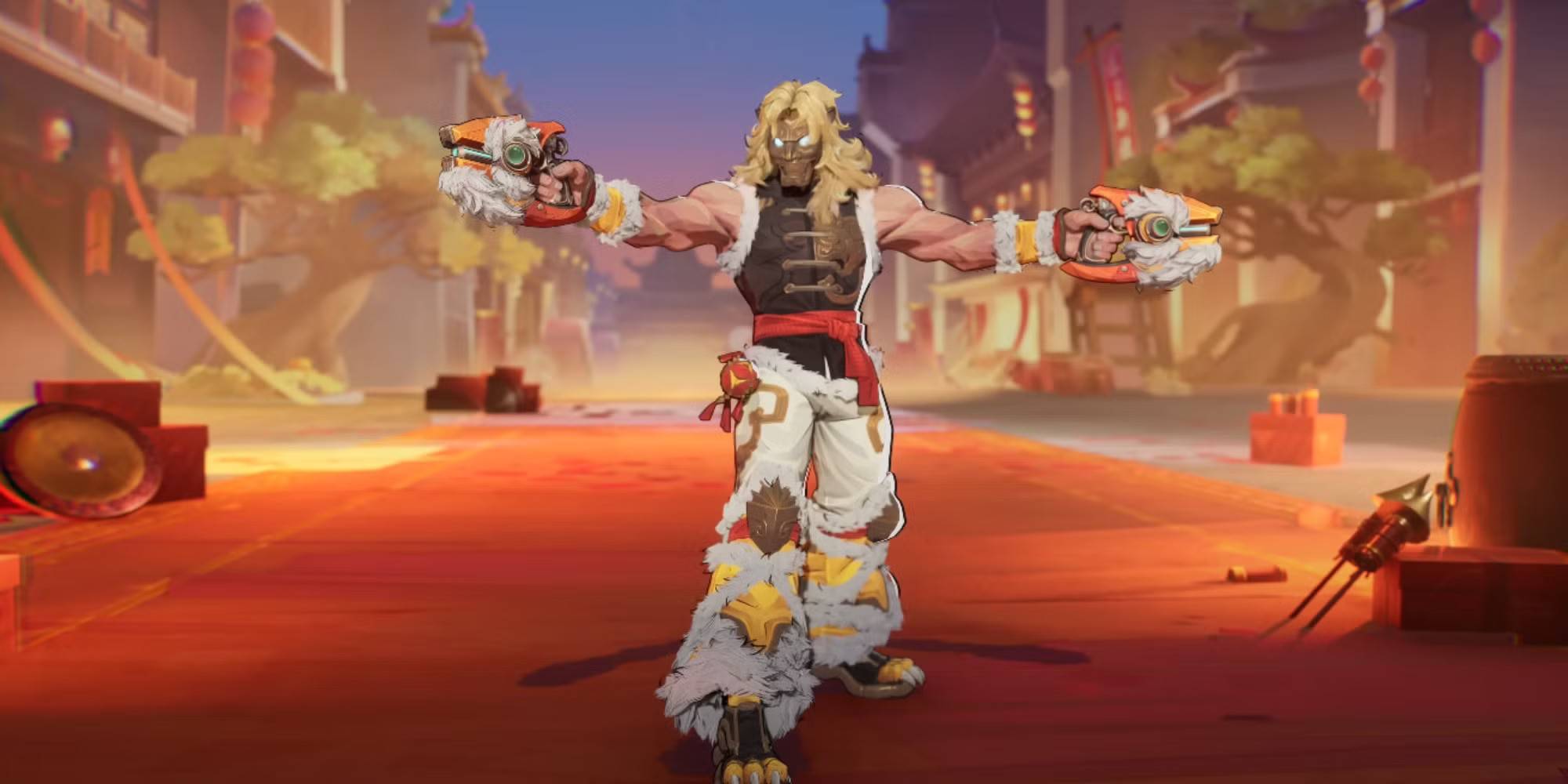With many of their all-time best runs in full swing, the mid-1980s marked a golden era for Marvel Comics, not only creatively but also financially. Having weathered the rough financial patches of the late '70s (thanks, Star Wars), Marvel was poised to revolutionize the comic industry with the launch of Secret Wars in 1984. This series had a profound impact on the Marvel Universe and the broader industry, steering the course of Marvel's heroes and villains in new directions for years to come.
The period also saw other iconic tales, such as Frank Miller's "Born Again" arc in Daredevil, the resurrection of Jean Grey in X-Factor, Walt Simonson's "Surtur Saga" in Thor, and more. In this installment, we delve into these groundbreaking narratives and other significant stories from the same era. Join us for Part 8 of our exploration of Marvel's essential issues!
More Essential Marvel
1961-1963 - The Birth of a Universe
1964-1965 - The Sentinels Are Born and Cap Dethaws
1966-1969 - How Galactus Changed Marvel Forever
1970-1973 - The Night Gwen Stacy Died
1974-1976 - The Punisher Begins His War on Crime
1977-1979 - Star Wars Saves Marvel From Bankruptcy
1980-1982 - Did the Dark Phoenix Saga Usher in the Greatest Decade for Marvel?
Frank Miller's Born Again and Walt Simonson's Surtur Saga
For some of the most critically acclaimed stories of this era, look no further than "Born Again," Frank Miller's return to writing Daredevil, this time with David Mazzuchelli on art. Spanning Daredevil #227-233, this arc is often hailed as the definitive Daredevil story. It begins with Karen Page, in the throes of addiction, selling Daredevil's secret identity for heroin, which eventually falls into the hands of the Kingpin. Using this knowledge, the Kingpin systematically destroys Matt Murdock's life, stripping him of his home, career, and social connections. At his lowest point, Matt is saved by his mother, Maggie, a nun.
Matt's gradual return as Daredevil, juxtaposed with the Kingpin's descent into fanaticism, crafts a masterful narrative. This story inspired Season 3 of Netflix’s Daredevil series and serves as the basis for the Disney+ revival titled Daredevil: Born Again.
 Daredevil: Born Again
Daredevil: Born Again
Simultaneously, Walt Simonson's tenure on Thor, starting with issue #337 in 1983, introduced Beta Ray Bill, an alien worthy of wielding Mjolnir. Simonson revitalized Thor's narrative with a mythic fantasy flair, culminating in the year-long "Surtur Saga" from #340-353. This saga pits Thor against Surtur, the fire demon ruler of Muspelheim, who aims to trigger Ragnarok with the Twilight Sword. As part of his scheme, Surtur sends Malekith the Accursed to battle Thor, delaying him while forging the sword. The saga reaches its climax with Thor, Loki, and Odin united against Surtur. Elements of this epic were later adapted into the films Thor: The Dark World and Thor: Ragnarok.
Secret Wars Changes Comics Forever
In Part 4 of this series, we explored how the 1973 Avengers/Defenders War foreshadowed the event crossovers that would dominate Marvel and DC's publishing. This trend fully materialized with the 1984 release of Secret Wars, a 12-issue miniseries crafted by then-Editor-in-Chief Jim Shooter, with art by Mike Zeck and Bob Layton. Conceived as a marketing synergy with Mattel for a toy line, the story's premise was straightforward: the cosmic entity, the Beyonder, transports a selection of Marvel's heroes and villains to Battleworld to determine the supremacy of good or evil through combat.
The series, though popular for its expansive cast and lasting impact, is often criticized for its focus on large-scale battles and inconsistent character development, particularly with the X-Men and an unusual pairing of Magneto and the Wasp. While Jim Shooter excelled in writing Doctor Doom, the narrative sometimes struggled to align with ongoing character arcs, resulting in a disjointed reading experience. The 2015 version of Secret Wars by Jonathan Hickman and Esad Ribić offered a more cohesive take, yet the original's influence on the comic industry is undeniable. Its success spurred the sequel, Secret Wars II, and, alongside DC's Crisis on Infinite Earths, established the event-driven storytelling model that would dominate the industry for decades.
 Secret Wars #1
Secret Wars #1
Spider-Man’s Symbiote Suit and Other Iconic Spidey Stories
Following the foundational runs by Stan Lee and Gerry Conway, Amazing Spider-Man found its next iconic writer in Roger Stern. Stern, having honed his skills on Spectacular Spider-Man, took over the main title with issue #224, elevating the series back to the high standards expected of Marvel's flagship hero. His most notable contribution was the introduction of the Hobgoblin in Amazing #238, quickly establishing the character as one of Spider-Man's most formidable adversaries. Stern's original Hobgoblin saga was cut short when he left the book after #251 due to editorial issues, leaving the villain's identity a mystery until Stern returned to resolve it in the 1997 miniseries Spider-Man: Hobgoblin Lives.
Just as Stern departed, another landmark moment occurred in Amazing #252 with the introduction of Spider-Man's black symbiote costume. Initially revealed in Secret Wars #8 as originating from Battleworld, this alien symbiote debuted here, sparking a narrative thread that would eventually introduce one of Spider-Man's most iconic foes. The black costume became Spider-Man's most recognized alternate look, inspiring numerous adaptations, including Sam Raimi's Spider-Man 3 and Insomniac's Spider-Man 2, though the Battleworld origin is often omitted.
Another significant Spider-Man story from this period is "The Death of Jean DeWolff" in Spectacular Spider-Man #107-110, penned by Peter David and illustrated by Rich Buckler. This dark tale sees Spider-Man hunting the Sin-Eater, the murderer of his police ally Jean DeWolff, and clashing with Daredevil over how to seek justice. This arc stands out for its gritty tone, offering a unique yet authentic Spider-Man experience.
 Spectacular Spider-Man #107
Spectacular Spider-Man #107
Jean Grey Returns, the Rise of Apocalypse, and Other Mutant Landmarks
The mid-1980s also witnessed significant developments in the mutant corner of the Marvel Universe. Vision and the Scarlet Witch #4 confirmed Magneto as the father of Quicksilver and Scarlet Witch, a plot point teased in Avengers #186 and accepted as canon for decades until a 2015 retcon. X-Men #171 marked Rogue's transition from the Brotherhood of Evil Mutants to the X-Men, cementing her status as a beloved heroine. X-Men #200 saw Magneto go on trial and subsequently take charge of Xavier's School for Gifted Youngsters, marking his shift to a more heroic role, which lasted for several years and was later adapted in the second episode of X-Men '97.
Two monumental events in mutant lore were the resurrection of Jean Grey and the introduction of Apocalypse. After the Dark Phoenix Saga, Jean Grey returned in a two-part story across Avengers #263 and Fantastic Four #286, where she was found in an underwater capsule, with no memory of her time as Phoenix. This concept, conceived by future writer Kurt Busiek, explained that the Phoenix Force had created a duplicate body. Jean reunited with the original X-Men to form X-Factor, and in issues #5-6 of that series, Apocalypse made his debut. Created by Louise Simonson and Jackson Guice, this ancient Egyptian mutant merged with Celestial technology became a perennial antagonist for the X-Men, appearing in various media, including the 2016 film X-Men: Apocalypse, where he was portrayed by Oscar Isaac.
 X-Factor #1
X-Factor #1







